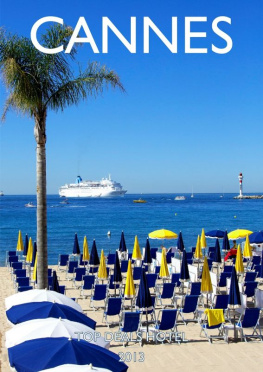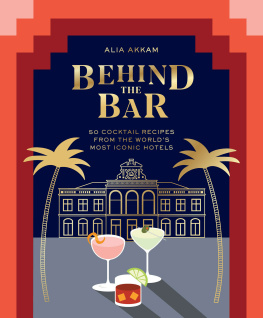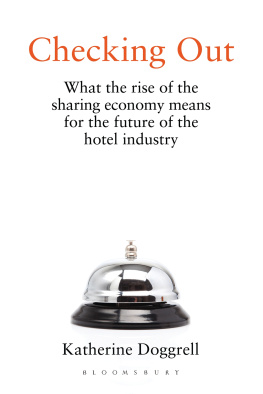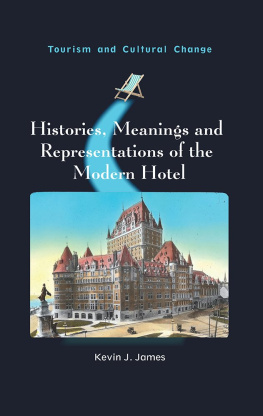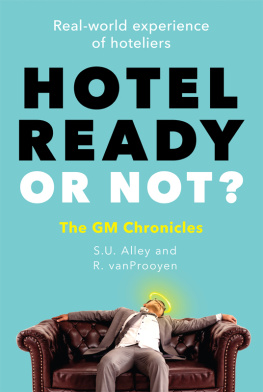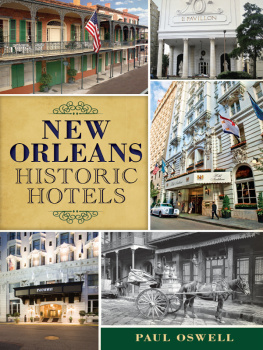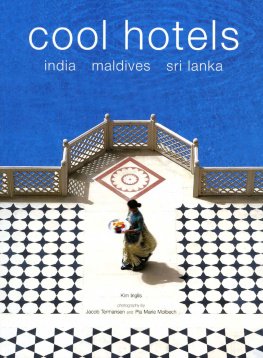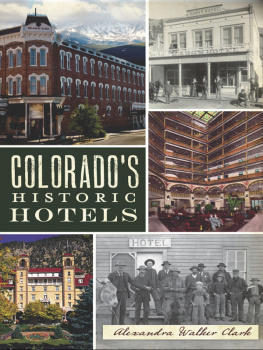Copyright 2019 Glen A. Mofford
All rights reserved. No part of this publication may be reproduced, stored in a retrieval system, or transmitted in any form or by any meanselectronic, mechanical, recording, or otherwisewithout the prior written consent of the publisher. For more information, please visit touchwoodeditions.com.
Editing by Lana Okerlund
Design by Colin Parks
Cover image: The Strathcona Hotel at Shawnigan Lake; photo taken by Frank Burrell; image 2010-010-139 courtesy of the Oak Bay Archives
LIBRARY AND ARCHIVES CANADA CATALOGUING IN PUBLICATION
Title: Along the E&N : a journey back to the historic hotels of Vancouver Island / Glen Mofford.
Names: Mofford, Glen, 1954- author.
Description: Includes index.
Identifiers: Canadiana (print) 20190057238 | Canadiana (ebook) 20190057416 | ISBN 9781771512879 | (softcover) | ISBN 9781771512886 (PDF)
Subjects: LCSH: Historic hotelsBritish ColumbiaVancouver Island. | LCSH: HotelsBritish ColumbiaVancouver Island. | LCSH: Vancouver Island (B.C.)History.
Classification: LCC FC3844.7.H68 M64 2019 | DDC 971.1/2dc23
We acknowledge the financial support of the Government of Canada through the Canada Book Fund and the Province of British Columbia through the Book Publishing Tax Credit.

The information in this book is true and complete to the best of the authors knowledge. All recommendations are made without guarantee on the part of the author. The author disclaims any liability in connection with the use of this information.
23 22 21 20 19 1 2 3 4 5
IN MEMORY OF MY BIG BROTHER, ROBERT (BOB) MOFFORD
CONTENTS
INTRODUCTION
I HAVE A CONFESSION TO make. In 1968, I had a picture of a naked Pierre Berton hanging on my bedroom wall. While most teenagers had posters of buxom blondes, rock stars, or sports figures, I chose a popular Canadian journalist and historian to hang on my wall. There he was for all to see, Pierre Berton, sans clothing, set between my black-light posters, clippings of the Beatles, Newsweek and Time photographs of the Vietnam War, and a picture of the other Pierre smiling back at me during the height of Trudeaumania.
Let me explain.
The walls of my bedroom were strewn with the faces of my contemporary heroes, people I respected and admired. An artists rendition of Pierre Berton was clipped from a copy of the Star Weekly, a supplement to the Toronto Star. Peter Gzowski was the new editor, and he took a staid and stale, money-losing newspaper and transformed it into arguably the finest weekly in the nation. Gzowski hammered out a deal with McClelland & Stewart, publishers of Bertons new book, The Smug Minority, for the Star Weekly to run a series of excerpts from the book. To publicize it, Gzowski hired Vancouver artist Roy Peterson to draw a large poster of Berton posing nude in the manner of Rodins Thinker. At the time, Berton was at the height of his popularity and the apex of his writing career. I spent countless hours far, far away in the goldfields of the Klondike, or driving in a spike along the transcontinental railway, or defending Canada against American aggression during the War of 1812. I got lost in Canadian history, and it was Pierre Berton who provided the time machine.
Today that love for and fascination with Canadian history is as strong as ever, but now my walls are adorned with prints of artwork by Emily Carr, E.J. Hughes, Tom Thomson, and the Group of Seven. As I grew up, I developed my own path by researching and writing about people and places in British Columbia. Specifically, I discovered that I enjoy social history, especially when it pertains to historic hotels, from the proprietors who ran them to the characters who stayed there.
I have become particularly fascinated by the development of Vancouver Island hotels through the years. Some of the most amazing hotel entrepreneurs were responsible for founding towns that have grown into the thriving cities we see today on the island: remarkable pioneers like Swedish brothers Charles and Fred Thulin, who built the Willows Hotel in 1904, and by doing so put Campbell River on the map; or the ebullient retired brigadier general Noel Money, who built the Qualicum Beach Hotel and thereby contributed to the growth of that attractive resort community; or visionaries like Charles Morton, who repurposed a private residence at Shawnigan Lake and opened the first hotel in the area. And the list goes on of men and women who carved new communities out of wilderness from Esquimalt to Forbes Landing.
Ive wanted to write a book about the historic hotels of Vancouver Island for years. Initially it was going to encompass the whole island, from Victoria to Cape Scott, but that would have involved over a hundred hotels, which I realized was far too ambitious (and the fact is, I have only a limited time on this earth), so I eventually got the number down to a manageable thirty-two hotels that once thrived along a carpet of wooden ties and steel rails called the Esquimalt and Nanaimo (E&N) Railway.
The long-term lease of the land to the E&N was a very generous onetwenty miles either side of the line from Victoria in the south to Campbell River in the north added up to approximately two million acres. Any existing homestead properties within the grant were excluded, but an extension of land was given to make up for those exempt properties.
Just as the transcontinental railway linked Canada from east to west, the E&N Railway linked Vancouver Island south to north, playing a significant role in opening up parts of the island that had previously been inaccessible except to the many Indigenous peoples and the few explorers and prospectors who travelled over worn paths laid out through the ages. Isolated towns that hugged the east coast of Vancouver Island and relied solely on ships for supplies and news from the outside world now had the railroad as an alternative for transporting goods in and out of their communities. The few roads that existed in 1886 were crude and hazardous, and it would be years before they were improved with the advent of the automobile. In the meantime, the railroad filled the gap, breaking the isolation of many communities and allowing them to grow and prosper. And as the communities expanded, existing businesses benefited, and new businesses emerged, including a variety of hotels, from luxurious resorts to the most modest inns.
I want to take you back in time as a passenger on one of the first E&N steam trains that rolled along the tracks of Vancouver Island. The geographic area well cover on our journey extends from Esquimalt to Courtenay, plus the subdivisions of Cowichan Bay, Lake Cowichan, Alberni, Great Central Lake, Cumberland, and Comox. Plans to extend the E&N to Campbell River and beyond came to an immediate halt with the outbreak of the First World War, so we are forced to take a bus to Campbell River and end at Forbes Landing. We will travel over hair-raising trestles that traverse creeks and rivers and climb mountains on the way to each community along the route. We will take in magnificent scenery, such as the farmlands of the Cowichan Valley and the pleasant shoreline from just north of Nanaimo to the Comox Valley.



